
The word 'Viking' comes from the Old Norse language and means "a pirate raid”. Vikings were fierce and bloody warriors who were known to strike fear in the hearts of coastal villagers for their relentless acts of raiding and pillaging. They lived in the early Middle Age in Scandinavia and for hundreds of years managed to control most of Eastern England.
The Viking age in European history lasted from about AD 700 to 1100. During this period, several famous Viking kings and warriors thrived and managed to leave their imprint in history. The Viking legend, in fact, is filled with countless brutal conquerors and ruthless fighters. Many were known for their military power while several others were renowned for their fighting capabilities. Here, we look at six of the most fascinating figures of the Viking Age.
1. Rollo of Normandy:
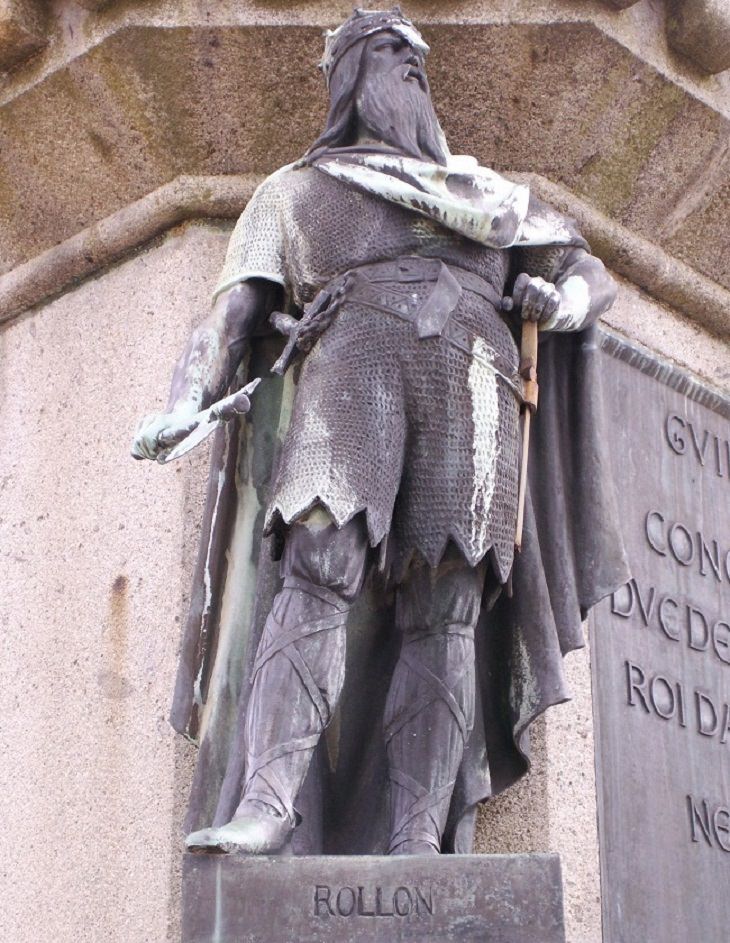
Image Source: Wikimedia Commons
Gaange Rolf (born around 860 AD) was a Viking chieftain who went on to become the founder and first ruler of the region of Normandy in northern France.
When he was young, Rolf, also known as Rollo, raided the coast of Ireland and Scotland. By the 9th century, he began conducting raids on France and had established himself as a savage Viking chief. In 911, Rollo was given a part of the area now called Normandy by Charles the Simple, king of the West Franks. The idea behind this move by the king was the belief that Rollo would help protect the region from other Viking raiders. Rollo was successful in his role and restored order to the land. He even extended his control over the region in the years to come.
Interestingly, as a part of his deal with Charles the Simple, Rollo was converted to Christianity. He thus became a role model for many – a brutal Viking ruler who adopted the virtues of Christianity.
Rollo was known to rule with a Viking code of law – based on personal honor and individual responsibility. He died somewhere around 930 AD.
2. Erik the Red:
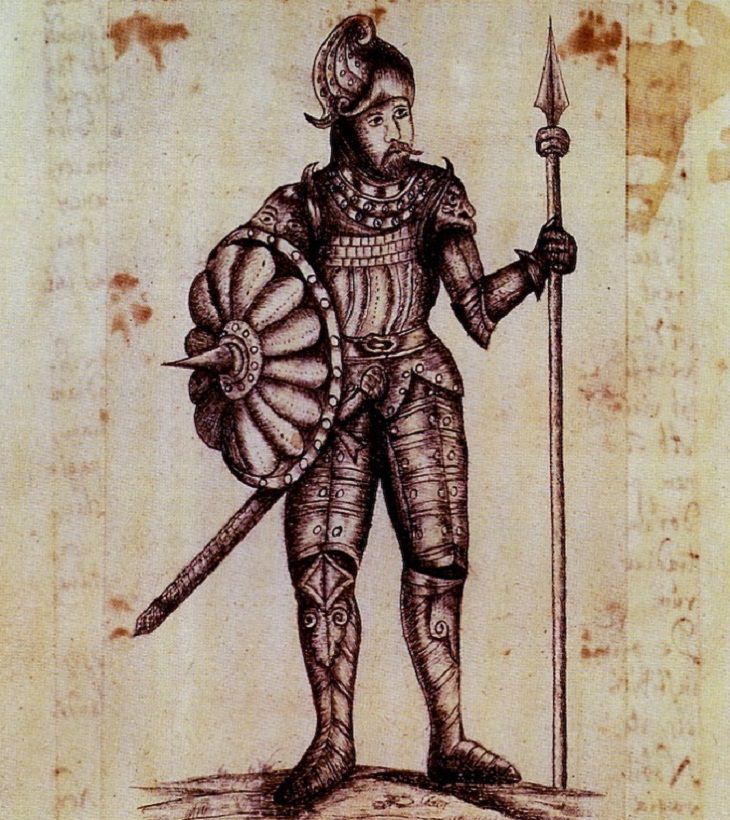
Image Source: Wikimedia Commons
He was born in 950 AD as Erik Thorvaldsson in Norway but went on to earn the famous nickname, Erik the Red. Legend has it that his red hair and his hot temper were the reasons behind the moniker.
After Erik’s father, Thorvald, had been banished from Norway for murdering someone he moved to Iceland with his family. Interestingly, Erik himself was later exiled from Iceland around 980 AD for slaughtering someone. During his exile, Erik sailed west and settled in a vast and unexplored island he later dubbed Greenland. Erik returned to Iceland many years later but he didn’t intend to say there. Instead, he persuaded many people to follow him to the beautiful new colony he has discovered. Finally, Erik carried back a large group of colonists with him in a fleet of 25 ships to Greenland. By 986 AD, he had successfully founded two main settlements – believed to be the first Norse settlement there – on the island. Initially, Erik’s colony had about 400-500 inhabitants and they went on to grow to 2000-3000.
After Erik’s death, his colony gradually died out by the 15th century.
3. Gunnar Hamundarson:
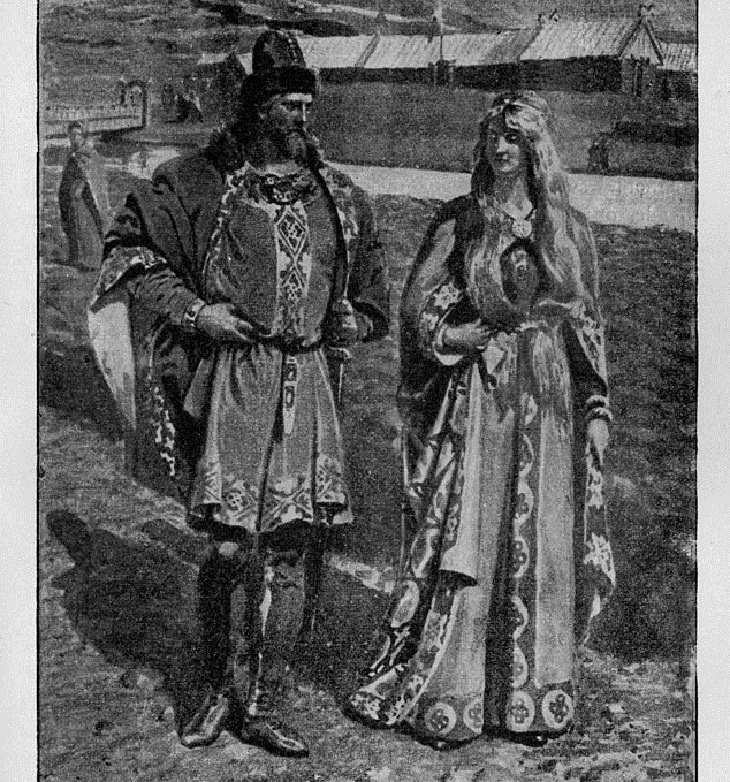
Image Source: Wikimedia Commons
While he wasn’t as popular as some of the other famed Viking chiefs, Gunnar Hamundarson was known for his remarkable swordsmanship. In fact, he was widely regarded in his times as Iceland’s greatest swordsman.
Born around 945 AD in Ireland, Gunnar has been described in the Njáls saga (13th-century Icelandic literature) as a brave, handsome and heroic Viking warrior. He could use his sword equally well with both hands and moved so swiftly that enemies often saw three swords as a blur rather than one. Gunnar was also adept at archery and had the ability to jump high in the air even while wearing full armor. In his prime, this ruthless Viking raided the coasts of Norway and Denmark.
While he was never defeated in a fight, Gunnar had once killed two men who had angered him. However, the victims’ clan came in large numbers after him and in the fight that followed, Gunnar ended up breaking his bow-string. It is said that this is when Gunnar asked his wife to repair it for him. When she refused, he slapped her. In the commotion, the enemies managed to overpower the Viking warrior and killed him.
4. Ragnar Lothbrok:
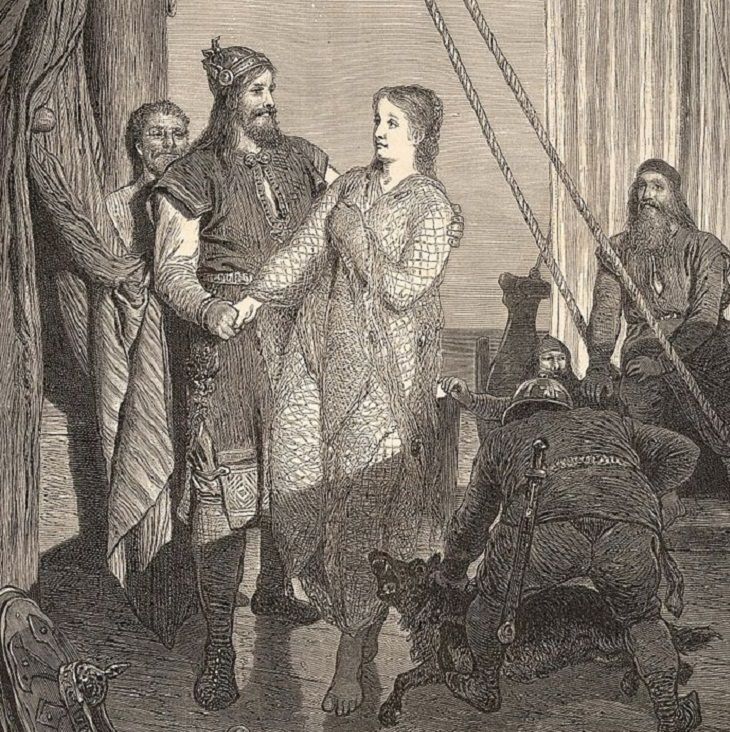
Image Source: Wikimedia Commons
Ragnar Lothbrok was a legendary Viking king whose accomplishments have been told in the Old Norse sagas, in several poetries, and in Medieval European literature. The best-known source of his tales comes from 'The Saga of Ragnar Lothbrok' (Old Norse: Ragnars saga loðbrókar). The legend of Ragnar Lothbrok has captivated writers and historians for close to a millennium and the truth about his existence continues to fascinate researchers. He was the son of King Sigurd Ring of Denmark and the father of many famous Viking sons like Ivar the Boneless, Bjorn Ironside, Sigurd Snake-in-the-Eye, Hvitserk, and Ubba. Ragnar’s marriages to Thora and Aslaug are also romanticized in Norse sagas.
After he had established himself, Ragnar attempted to invade England with only two ships and was later captured by King Ælla of Northumbria around 866 AD. He was thrown into a snake-pit and is believed to have died there.
One of the most iconic legends related to Ragnar Lothbrok is his successful fight with a dragon. While this story might be a part of the several myths related to Ragnar, the many famous sons he supposedly fathered has led researchers to believe that he might have some basis in actual history.
5. Leif Erikson:
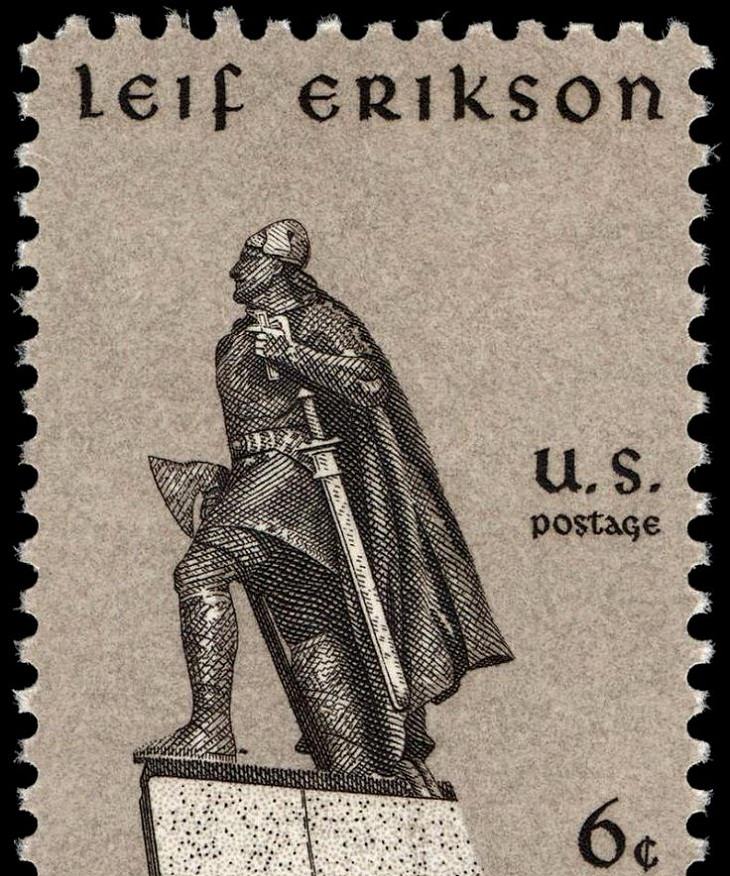
Image Source: Wikimedia Commons
Leif Erikson is widely regarded as the first European to set foot on the North American continent. Historians have noted that Leif got to North America almost 500 years before Christopher Columbus.
The son of Erik the Red, Leif was born in Iceland around 970 AD and later moved to Greenland where his father had founded the first Norse settlement. Somewhere around 1000 AD, Leif went on an expedition in search of territory. During the journey, Leif found an island he later called Helluland (“flat stone land”) and another place he named as Markland (“forestland”). While these places interested him greatly, Leif later set up camp in a place historians believe to be Newfoundland (an island in Canada). There, he was fascinated with the number of grapes or berries found and named it Vinland (“wineland”).
Leif returned to Greenland with priceless timber cargo. Unfortunately, the Viking presence in North America didn’t last long as they were frequently engaged in ugly clashes with the natives. However, Leif’s Viking warrior lifestyle did manage to make its imprint in America even though it was short-lived.
6. Harald Hardrada:
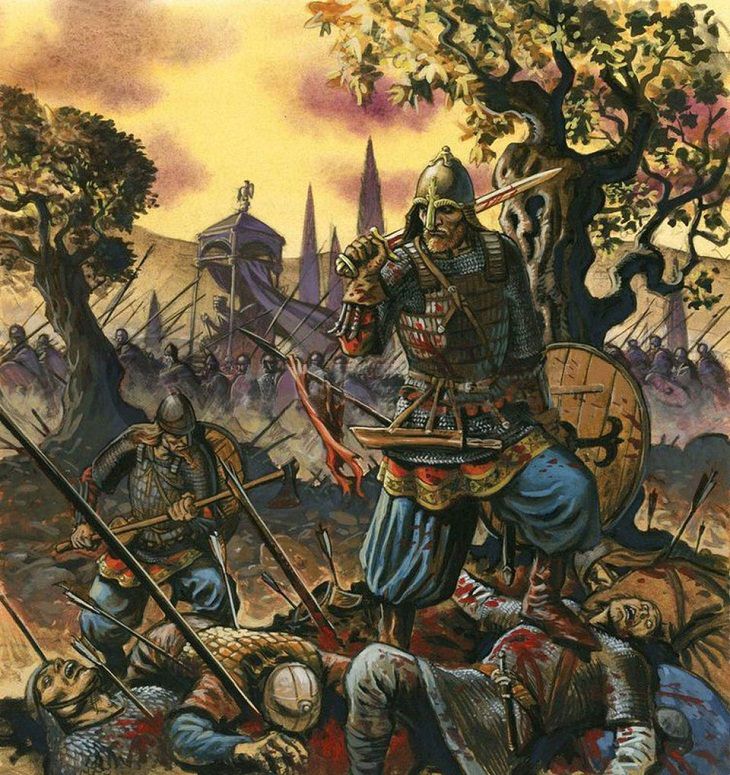
Image Source: Reddit
Known as the last great Viking leader, Harald Sigurdsson was born in Norway in 1015 AD. He was the son of Sigurd Sow, a chieftain in eastern Norway. At the age of 15, Harald fought in the Battle of Stiklestad that was waged in 1030 by his half-brother Olaf Haraldsson. After Olaf was killed in the battle, young Harald fled to Russia and served under the royal prince of Kiev, Yaroslav I the Wise.
A few years later, Harald traveled to Constantinople where he joined the Byzantine emperor’s esteemed Varangian Guard. In the years to follow, he acquired a good amount of wealth and became a prominent military commander. By the mid-1040s, Harald decided to return to Scandinavia. By 1046, he was anointed as the co-ruler of Norway by Magnus the Good, the ruler of Norway and Denmark in those times. After Magnus’ death, Harald got full control of the Norwegian throne. In 1066, he decided to raid England with a huge force. The conquest was called the Battle of Fulford Gate, where Harald managed to score an emphatic victory. Unfortunately, this victory was short-lived as just a few days later Harold Godwinson, England’s new king, vanquished Harald’s forces at the Battle of Stamford Bridge. Sadly, Harald couldn’t survive the battle and was killed.
Harald Sigurdsson made his name as a tough ruler and was known for his aggressively militaristic approach to leadership.